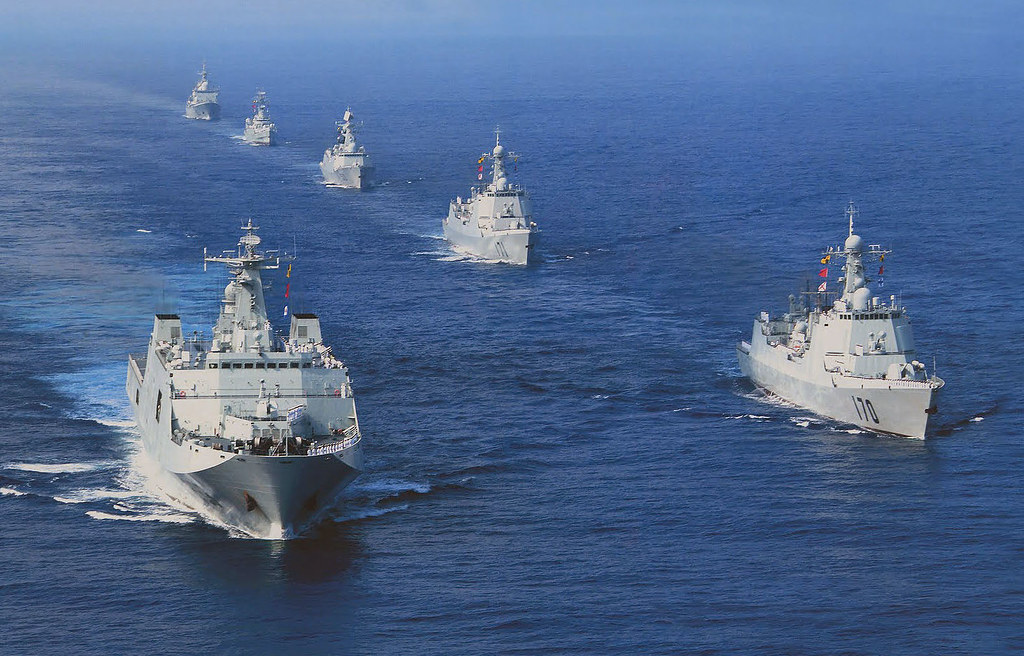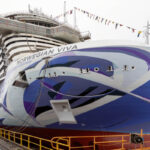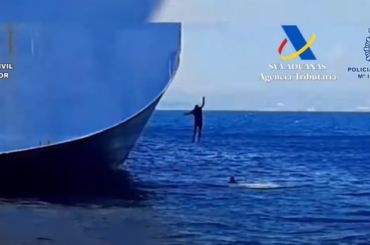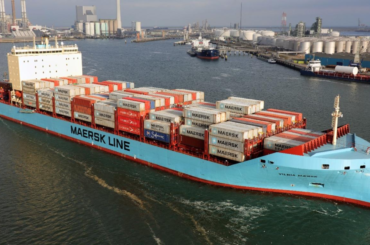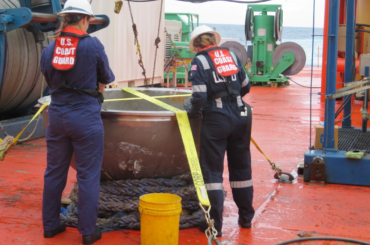Another update to the U.S. Navy’s long-term shipbuilding plans has been made public. These plans have recently caused conflict between the Navy, other service branches, and congressional representatives. The top-line figures for the service currently stand at more than 350 conventional ships and 150 uncrewed vessels, for a total fleet size of nearly 500.
The top line approximately corresponds to the Pentagon’s Battle Force 2045 plan, which was developed in the closing weeks of the Trump administration. The program put forth by the then-Secretary of Defense Mark Esper proposed for a larger fleet of crewed ships with fewer crew members:
- 8–11 supercarriers
- Six new “light carriers”
- 20 additional frigates/small combatants
- 10–20 fewer destroyers (plus dozens of extra subs)
140–240 unmanned platforms would be added to this 400-ship fleet. But after Esper’s departure, the Navy went through a number of schemes in a back-and-forth with Congress, which was dubious of ideas for uncrewed ships.
Force Design 2045, a new concept presented by Adm. Mike Gilday, Chief of Naval Operations, was made public on Tuesday. In its opening statement, the Pentagon urges decommissioning “legacy platforms that cannot stay relevant in contested seas,” a reference to the Navy’s plan to phase down the Freedom-class LCS ships and Ticonderoga-class cruisers. Gilday has argued for the removal of these ships from the Navy’s balance sheet and the subsequent reinvestment of the proceeds in new platforms for high-end combat.
The CNO plans to build a traditional full-size fleet with more than 350 crewed ships by the year 2045; 96 destroyers, 66 attack subs, and 12 supercarriers make up the full-size force involved. Additionally, the plan calls for 18 small-size amphibs for island-to-island operations in addition to the 31 full-size amphibs that the Marine Corps has requested.

For Force Design 2045 to reach the top line figure of 500, a fleet of 150 uncrewed systems is still necessary, just like in Esper’s concept. These crewless surface ships and submarines are an important component of the plan since they would distribute the force’s capabilities across multiple platforms, perform ISR, transport additional missiles to supplement destroyers’ magazines, and support logistics.
Everything will be expensive. “To simultaneously modernize and grow the capacity of our fleet, the Navy will require 3-5 pecent sustained budget growth above actual inflation,” wrote the CNO. If Congress can’t find the funds for real budget growth, “we will prioritize modernization over preserving force structure,” he advised. In other words, if extra funds aren’t available, the service may have to high-grade the fleet and allow its total size to decline.
Force Design 2045 was made public as part of Navigation Plan 2022, larger annual fleet advice. The NAVPLAN reiterates Gilday’s directive to “get real, get better” and places equal emphasis on human performance and platforms. Since 2017, the Navy has experienced three significant casualties, all brought on by human mistakes, including a $1 billion overall loss.

